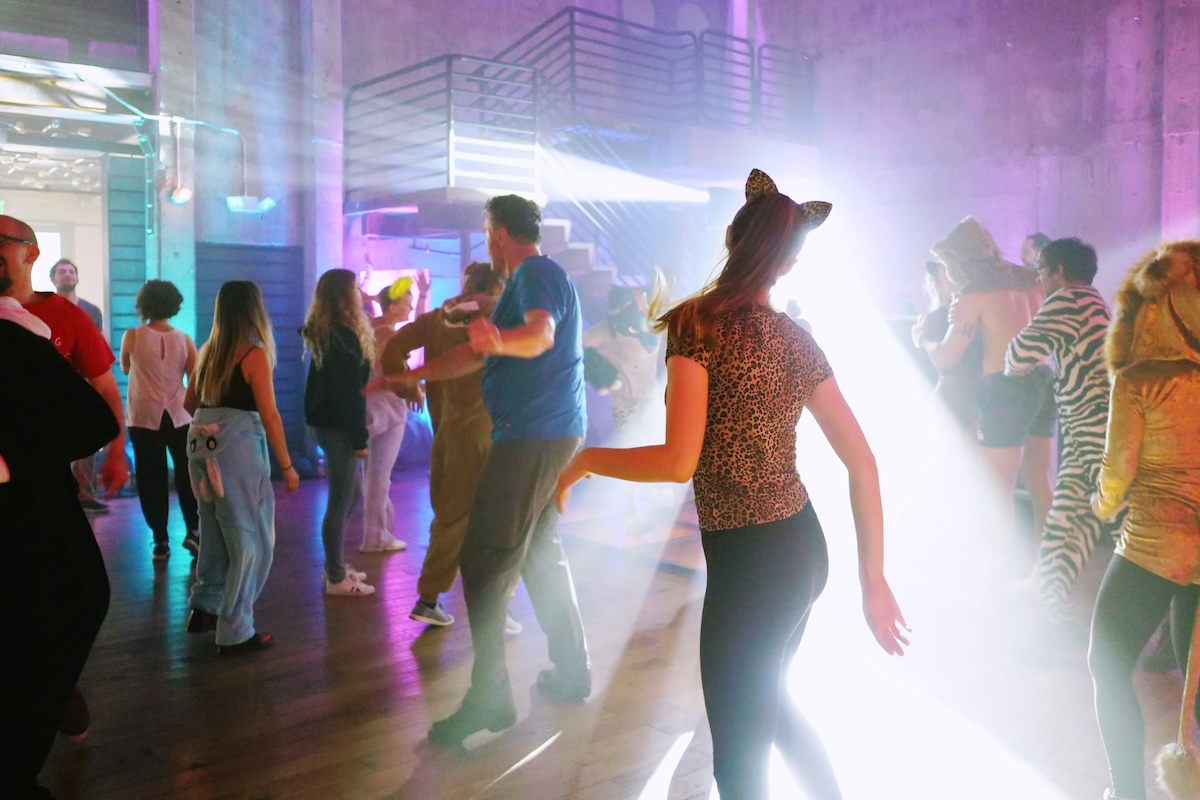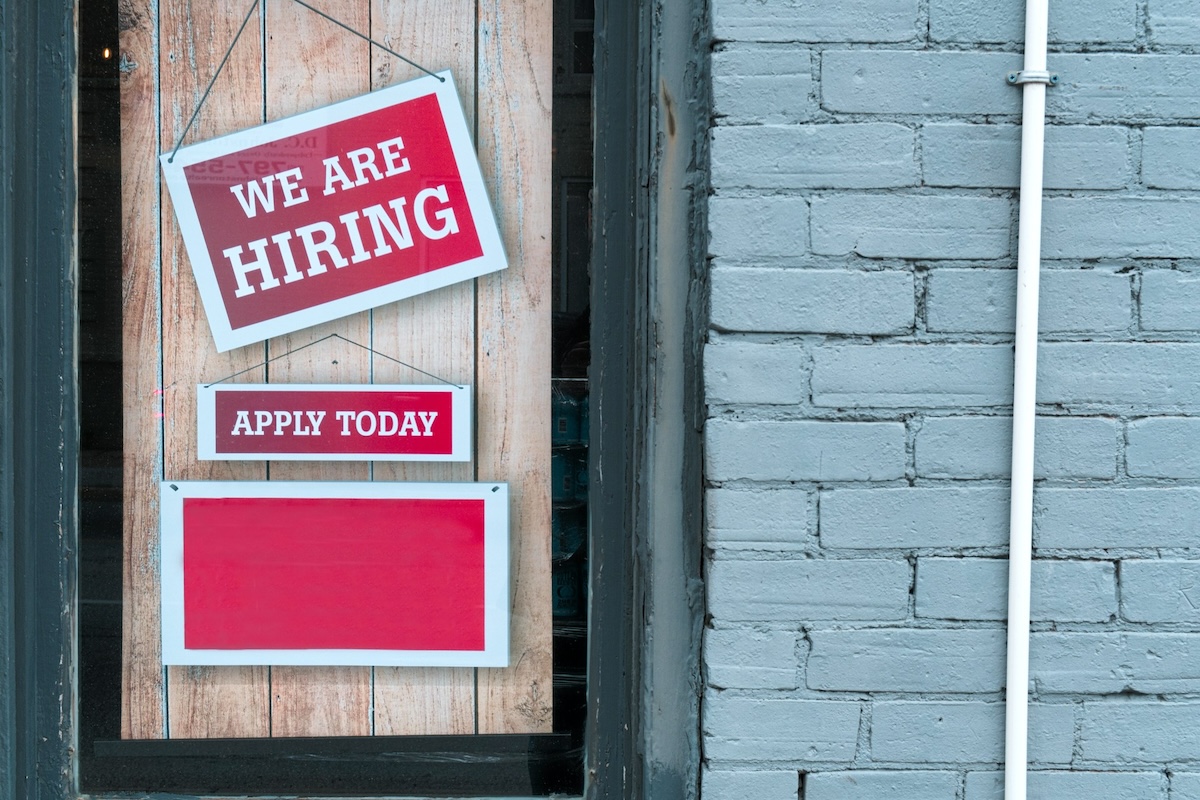Skift Take
The latest research from Freeman digs into the current exhibitor mindset and what they're really looking for from events.
Dynamics are shifting in the meetings industry, and exhibitors are changing. They are younger, more female, and driven by a broader set of objectives and event types.
The latest Freeman trends report focuses on exhibitors’ needs. This is the latest report in the research series carried out by Freeman.
A whopping 72% of the survey’s 1,911 respondents reported exhibiting at various types of events beyond just tradeshows. In addition to tradeshows, they are more likely to exhibit at user conferences and consumer events or execute their own independent events. Most exhibit teams now report to the chief marketing officer, which has led to an event evolution.
“The competition is heating up for where exhibitors are spending their dollars,” says Ken Holsinger, senior vice president of strategy and research at Freeman.
Younger Exhibitors and Attendees
The report reveals that exhibitors are younger and more female. Compared to Freeman’s last exhibitor report, there are 3% more Gen Zers, 12% more Millennials, 6% fewer Gen Zers, and 9% fewer Boomers, leading to an overall decrease in average age from 51 down to 47 in less than a year. It is imperative that meeting professionals consider this age shift and the dynamics that align with it in planning their events.
The age shift has also created an interesting scenario in which exhibitors and attendees are aligned from an age standpoint. At the same time, meeting professionals are about eight to nine years older, says Holsinger. This is creating a disconnect. “In certain categories, organizers have pretty much gone back to a rinse and repeat of what they’ve always done in their meetings. After you’ve attended one or two of those post-pandemic, you might make a shift and try some different meetings and try some different opportunities both as an attendee and an exhibitor.”
Exhibitors Attend Tradeshows to Do More Than Sell
There is a misconception that exhibitors attend events only to sell. The trends report indicates that networking is just as important. Commerce was ranked by 33 percent, and networking by 32 percent. “Part of the shift toward networking for exhibitors is the shift in generations,” Holsinger said.
Coinciding with this, exhibitors are designing booths with networking in mind. Many of the larger booths have seating areas for private places to connect.
The survey reports that exhibitors can enhance their ROI by receiving attendee lists ahead of time to set up networking opportunities.
In addition, Holsinger stresses the importance of ongoing networking. “The biggest gap in the overall trade show flow is connection stops at registration and at the completion of the event,” Holsinger said. “Networking needs to be continuous and ongoing.”
Attendees and exhibitors want to bond over shared professional challenges and topics. Speed dating over hors d’oeuvres isn’t cutting it anymore. This type of networking can be a useful ancillary – but it’s not sufficient on its own. Event attendees would be better served if organizers devoted more time to valued forms of networking.
“Don’t rely on serendipity,” says Holsinger. “Given today’s tech and pace of communication how is it possible to leave those meetings to chance?”
Photo credit: Brooke Cagle / Unsplash





